 coachwood/stock.adobe.com
coachwood/stock.adobe.com
When natural areas disappear, so does biodiversity
akzente explains the five most important reasons for species loss and why we need to reverse the trend.
Scientists are sounding the alarm. Biodiversity loss has now reached historically unprecedented dimensions. Only recently, some of Germany’s top names in science published the Frankfurt Declaration in which they demand a ‘decisive turnaround’. A similar rallying cry can be heard internationally from the world of science; biologists especially are repeatedly drawing attention to the dramatic losses.
What are the main reasons for the loss of biodiversity?
Having investigated the main drivers, the Intergovernmental Science-Policy Platform on Biodiversity and Ecosystem Services (IPBES) has named the so-called ‘Big Five’ reasons for species loss:
- Land-use change: The main driver by far is the conversion of land, say for building cities or roads, but above all for agriculture, which is continuously encroaching further into natural areas. Meadows and forests are giving way to arable fields while monocultures are replacing diverse plant crops – mostly for cattle farming, palm oil plantations or soybean cultivation. At the moment, this change is mainly taking place in the tropics, precisely in those habitats that have the greatest biodiversity. Worldwide, ten million hectares of forests are being cut down each year; that’s equivalent to 27 football fields per minute.
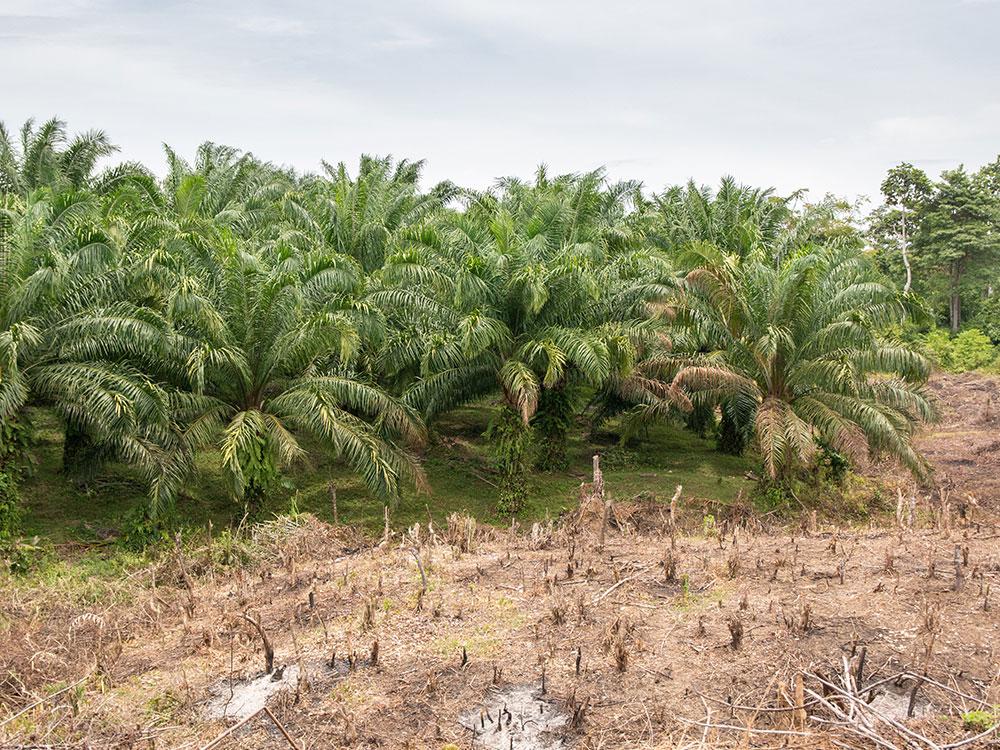 ThKatz/stock.adobe.com
ThKatz/stock.adobe.com
- Exploitation of animals and plants: In second place after land conversion comes the exploitation of animals and plants, with many species being used faster than they can reproduce. Take fish for example: a third of stocks is permanently overfished and another 60 per cent has been exploited to the brink of no return. The same applies to meat, wood and other plant-based materials of all kinds. Culled for their horns, but also for their meat which is sold and eaten, rhinoceros and elephants are equally endangered, for example. In some parts of the world, wood, such as teak and mahogany, have already been severely exploited. Today, people are consuming twice the material than 40 years ago, wresting around 60 billion tonnes of natural resources from our earth every year.
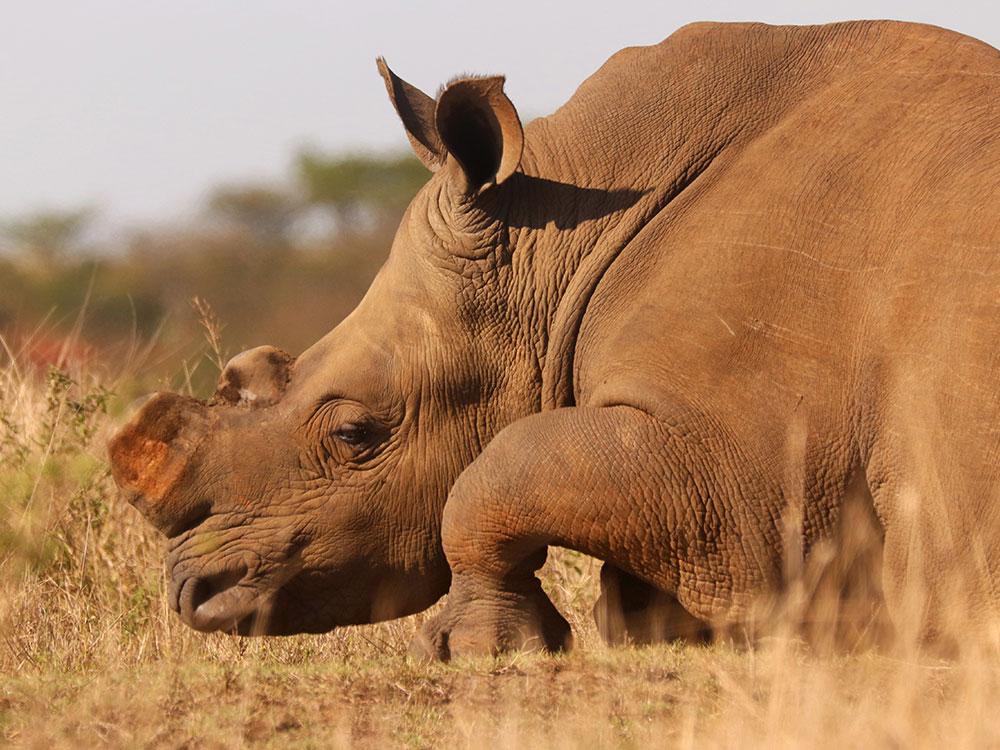 LUMO/stock.adobe.com
LUMO/stock.adobe.com
- Limited habitats due to climate change: Climate change with all its consequences is the third major factor. Although its full impact has yet to unfold, it is poised to take centre stage in future when extreme heat in summer will toll a death knell for forests and the animals that inhabit them. Climate change forces species to move or change their habitats until at some point they have nowhere left to go. Rising sea levels are also a critical factor because flooded land will no longer be available to terrestrial animals. According to IPBES, climate change is set to radically change animal and plant life in future.
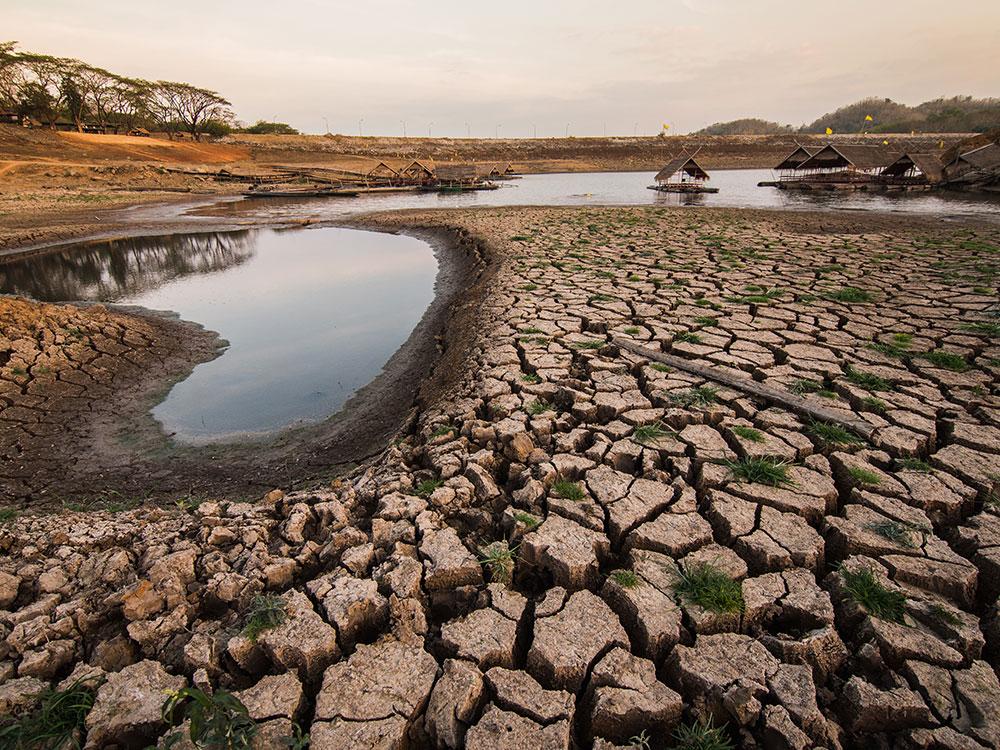 yuthapong/stock.adobe.com
yuthapong/stock.adobe.com
- Polluted environment: In fourth place is environmental pollution, for example through toxins, fertilisers, plastic and waste. Environmental disasters are on repeat loop everywhere around the globe. Only recently tonnes of dead fish from the River Oder washed up on the Baltic coast. While these disasters are often a singular and locally contained occurrence, they can have serious repercussions. This is the case, for example, with incidents involving tankers and oil spills.
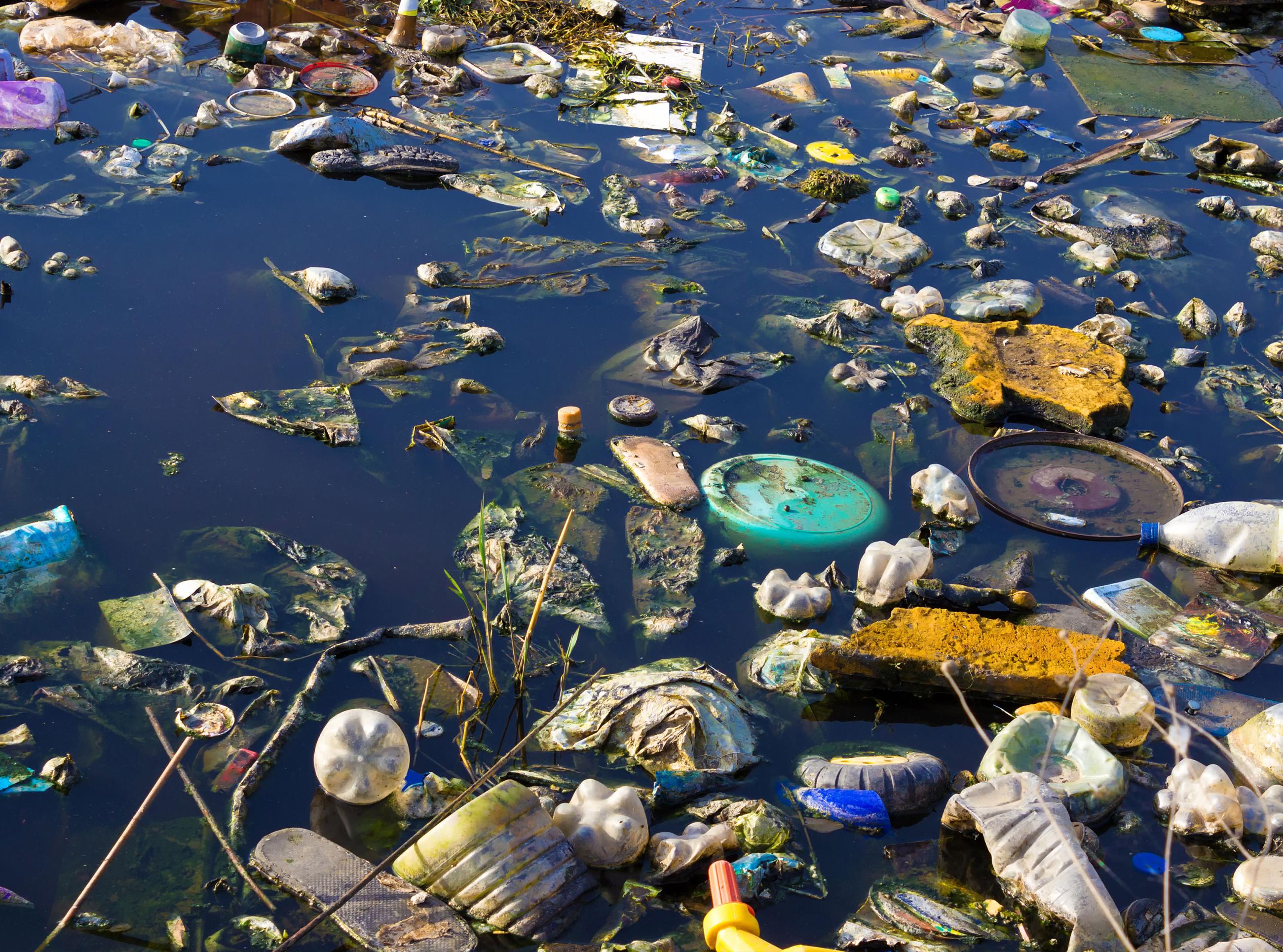 overcrew/stock.adobe.com
overcrew/stock.adobe.com
- Invasive species: Non-indigenous species are another major driver identified by IPBES that can cause major damage. In the EU alone, experts estimate there are some 12,000 invasive species; some 10 to 15 per cent of which are considered problematic. An example found in the Wadden Sea (Wattenmeer) are Pacific oysters. Larger than the domestic species, their presence has upset the balance in the food chain. This impacts bird life, too, since they feed on marine animals. Invasive species are either introduced deliberately, as were the oysters, or they are brought in unintentionally. For example organisms such as the comb jellyfish stowaway in ships’ ballast tanks. These fast breeders then go on to eat up food other marine creatures rely on. And then there is the transmission of viruses by travellers – as was the case with the COVID-19 pandemic. Globalisation and the ongoing growth in tourism mean that invasive species have spread faster around the world of late.
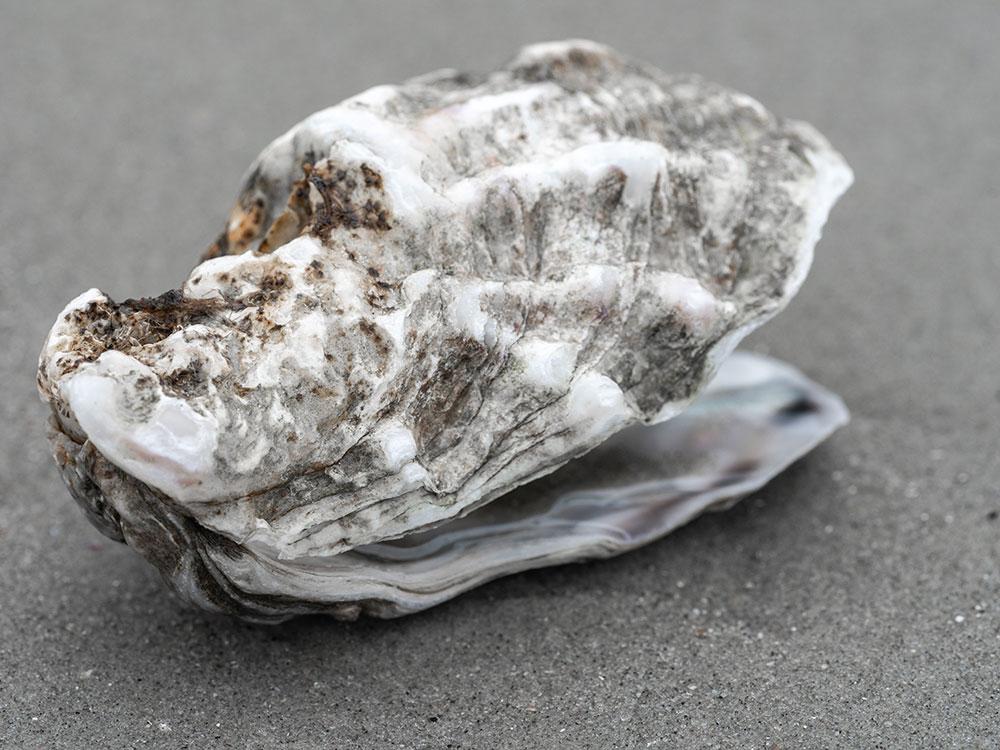 blende11.photo/stock.adobe.com
blende11.photo/stock.adobe.com
At their core, all five causes essentially have the same origin: Humans are not living sustainably. The UN Biodiversity Conference (COP15) in Montreal aims to push for a paradigm shift and also to adopt concrete goals for more mindful handling of the key natural resources on which our lives depend. The overarching goal is for humanity to ‘live in harmony with nature’ by 2050.
Sources:
- Global Assessment Summary for Policymakers (IPBES)
- Rethinking Land in the Anthropocene: from Separation to Integration (WBGU)
- Managing forests sustainably (BMZ)
- Climate change and fishing (Marine Stewardship Council)
- Invasive Arten: Gefahren der biologischen Einwanderung (German) (WWF)
- Biodiversity (NABU)